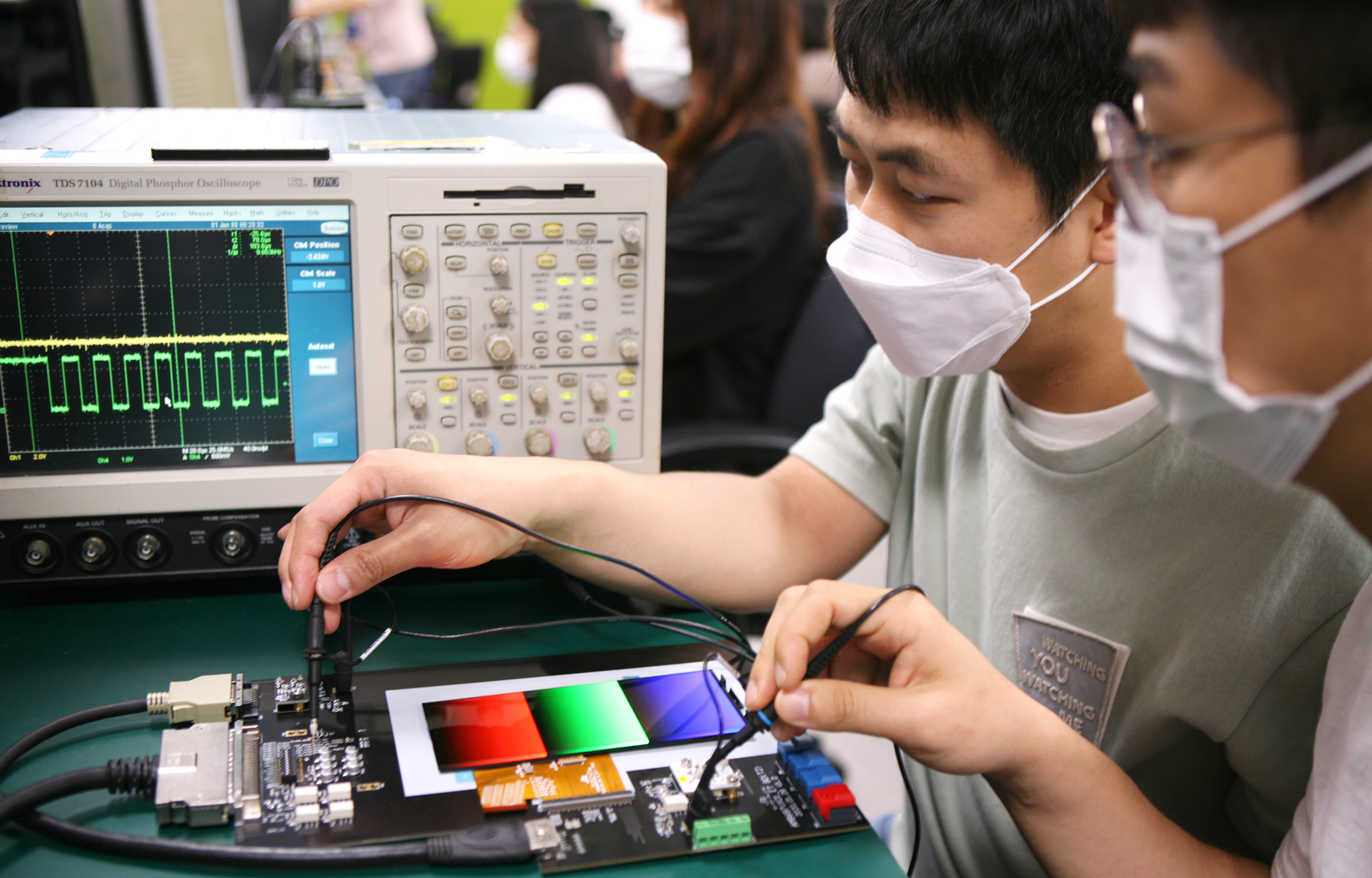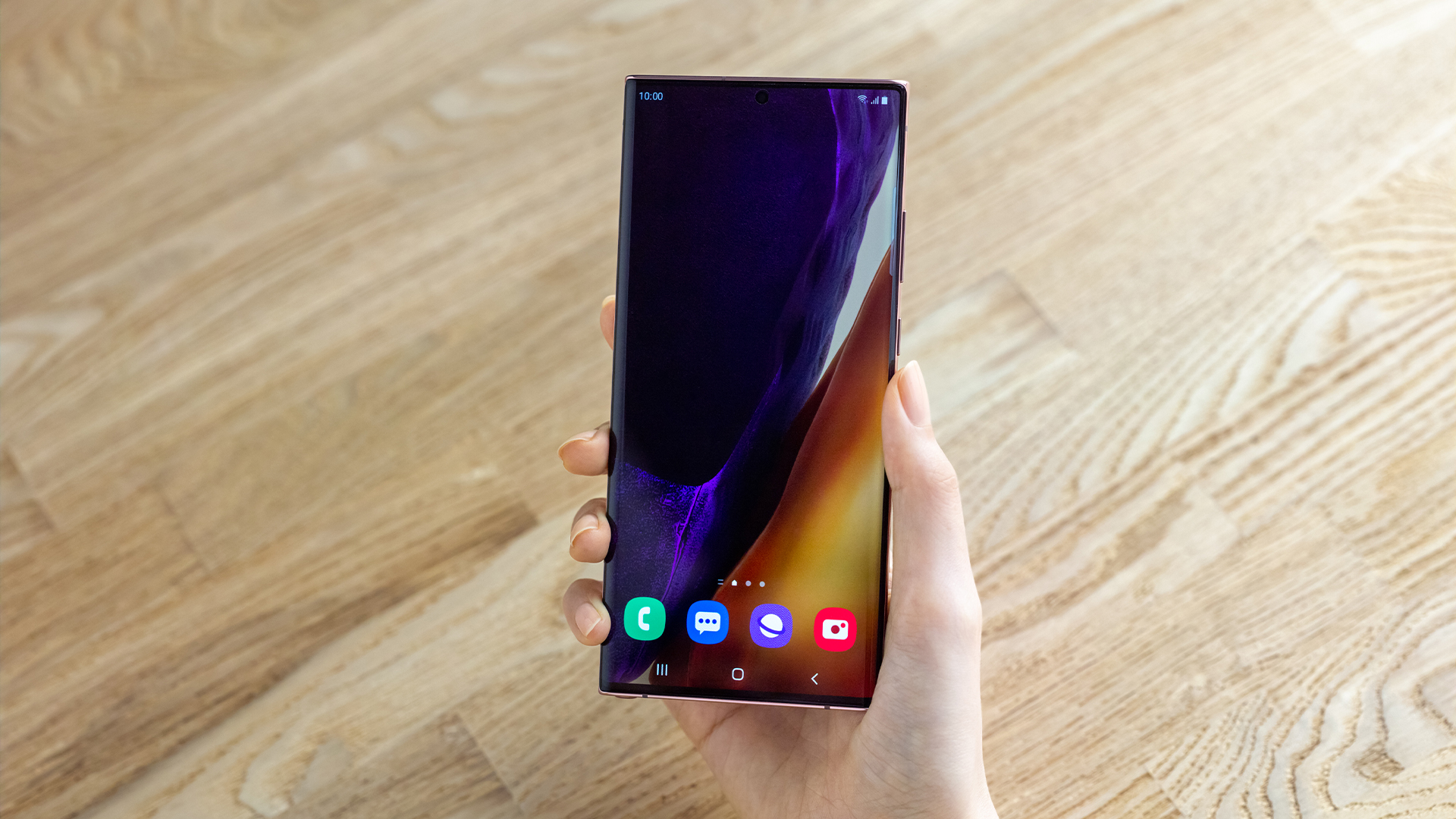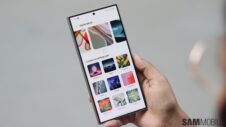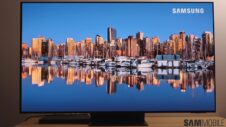Samsung's display panel manufacturing arm has announced today that its new-generation Super AMOLED display panel supports variable refresh rate technology. The first smartphone in the world to use Samsung Display's new screen panel is the Galaxy Note 20 Ultra, which was unveiled earlier this month. The new technology is designed to offer a smooth user experience while also optimizing power consumption.
Unlike displays on smartphones that operate at a fixed refresh rate of 60Hz, 90Hz, 120Hz, or 144Hz, the Galaxy Note 20 Ultra's 6.9-inch Dynamic AMOLED display can seamlessly switch between various refresh rates, including 10Hz, 30Hz, 60Hz, and 120Hz. The company says that the phone's screen can lower its refresh rate to as low as 10Hz while viewing static content such as images.
Variable refresh rate reduces power consumption by as much as 22% in general use
The company is using a new backplane technology (rumored to be LTPO) in its new display panels to achieve the variable refresh rate feature and consume lower power. Samsung Display claims that its new technology can reduce the phone's display panel power usage by as much as 22% in general use. The new displays are also claimed to consume 60% lower power compared to other displays when used in the 10Hz mode.
Lee Ho-Jung, VP of Samsung Display's Mobile Display Product Planning, said, “High-definition video streaming and gaming are expanding their capabilities in line with 5G commercialization, creating a widespread need for display panel technologies that can enable greater power savings. Our Adaptive Frequency display technology is expected to considerably enhance the user experience by calibrating refresh rates in line with the requirements of a specific application and, therein, more precisely allocating available power. This will free up time for other smartphone operations.”
Hopefully, we can see Super AMOLED screens with variable refresh rate technology in more Samsung phones in the future.








